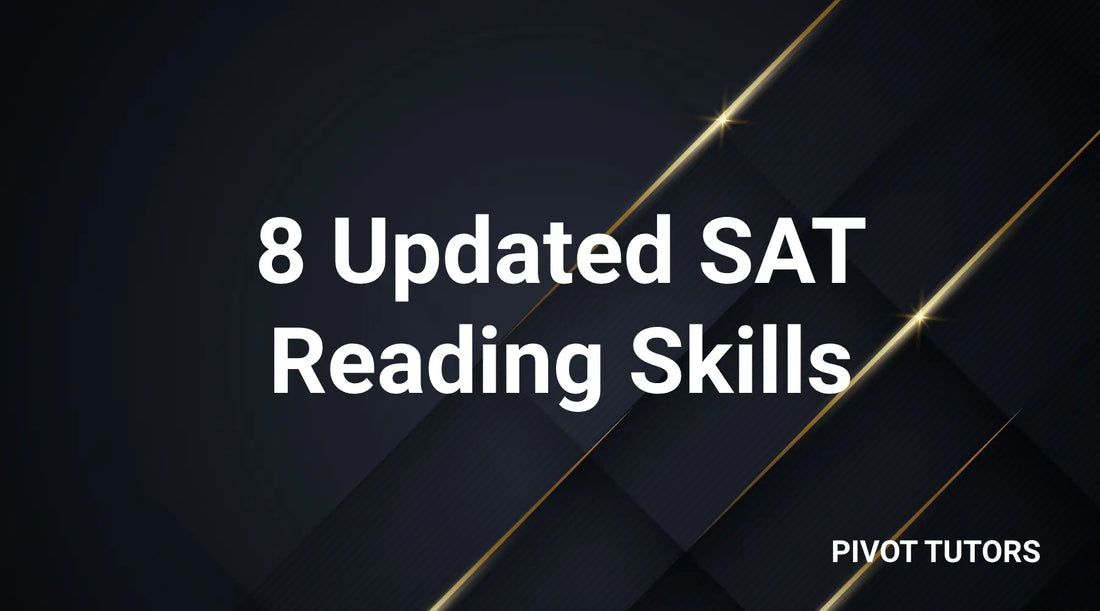Preparing for the SAT Reading section can feel daunting, but fear not! With the right strategies and resources, you can tackle this section with confidence and improve your scores. In this blog post, we will provide you with a quick list of SAT Reading strategies that are easy to understand and will help you excel.
-
Start with the blurb: Begin by reading the blurb or introductory paragraph of the passage. This will give you an overview of the main ideas and important definitions.
-
Scan questions and mark up the passage: Before diving into the passage, quickly scan the questions. Look for keywords that stand out and can guide your reading.
-
Spot main ideas in paragraphs: To understand the main ideas of specific paragraphs, pay attention to the first or last sentence of each paragraph. These sentences often convey the key points.
-
Watch for contrast words and indicators: Be on the lookout for contrast words, colons, dashes, and words/phrases that introduce claims. These indicate important arguments and help you analyze the passage effectively.
-
Formulate your own answers: Before reading the answer choices, try to come up with your own answer. This trains your critical thinking skills and helps you avoid being influenced by distractors.
-
Read actively and mark up the passage: Stay engaged while reading by underlining important details, jotting down questions, or making notes. This active approach enhances your comprehension and aids future reference.
-
Consider context around line references: When tackling questions with line references, read one sentence before and after the specified lines. This broader context often provides valuable clues for selecting the correct answer.
-
Read critically and eliminate unfitting answers: Approach the answer choices critically and rule out options that don't fit the passage. Don't let them distract you from finding the correct answer.
Test these out and check back in with your tutor! You may be surprised at the difference just adding one of these skills to your repertoire can make.

